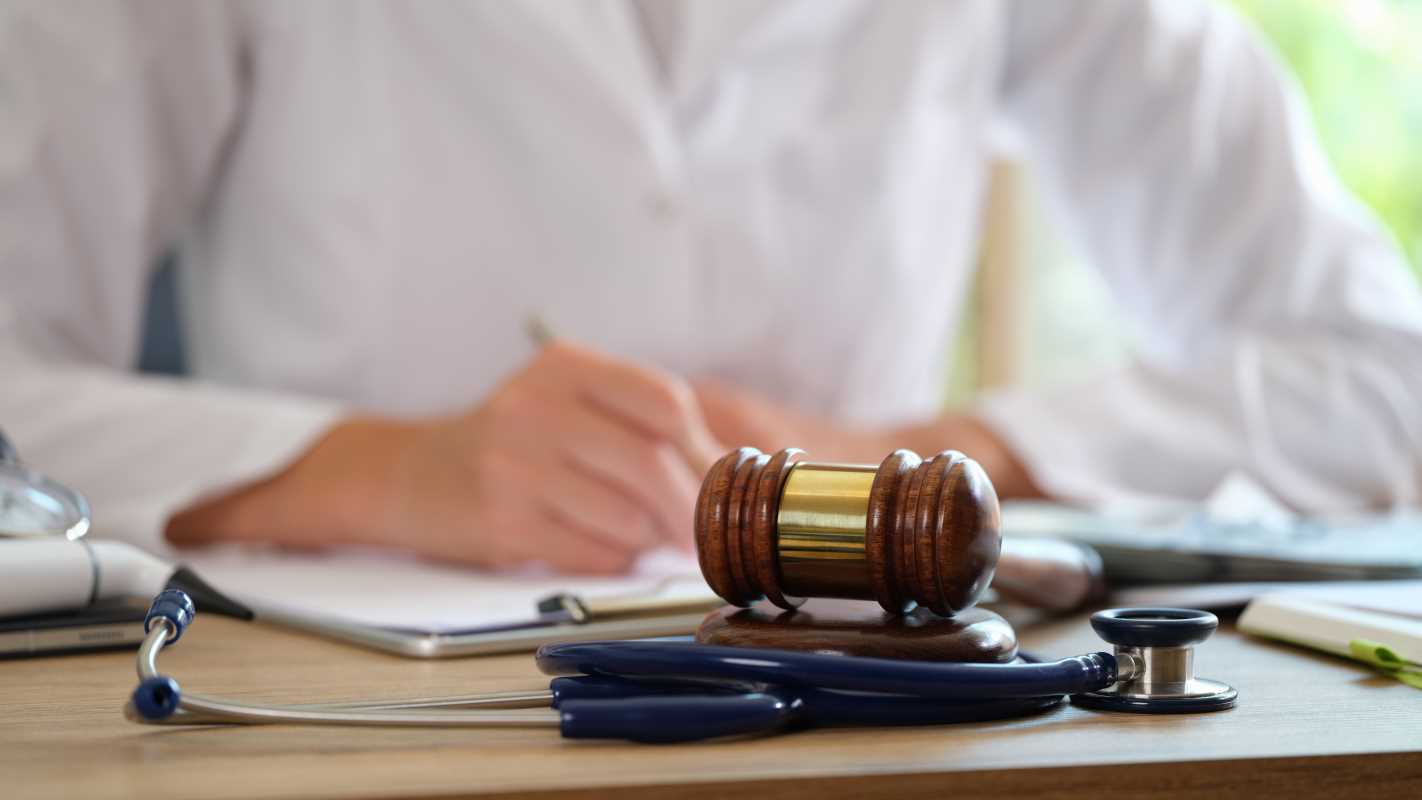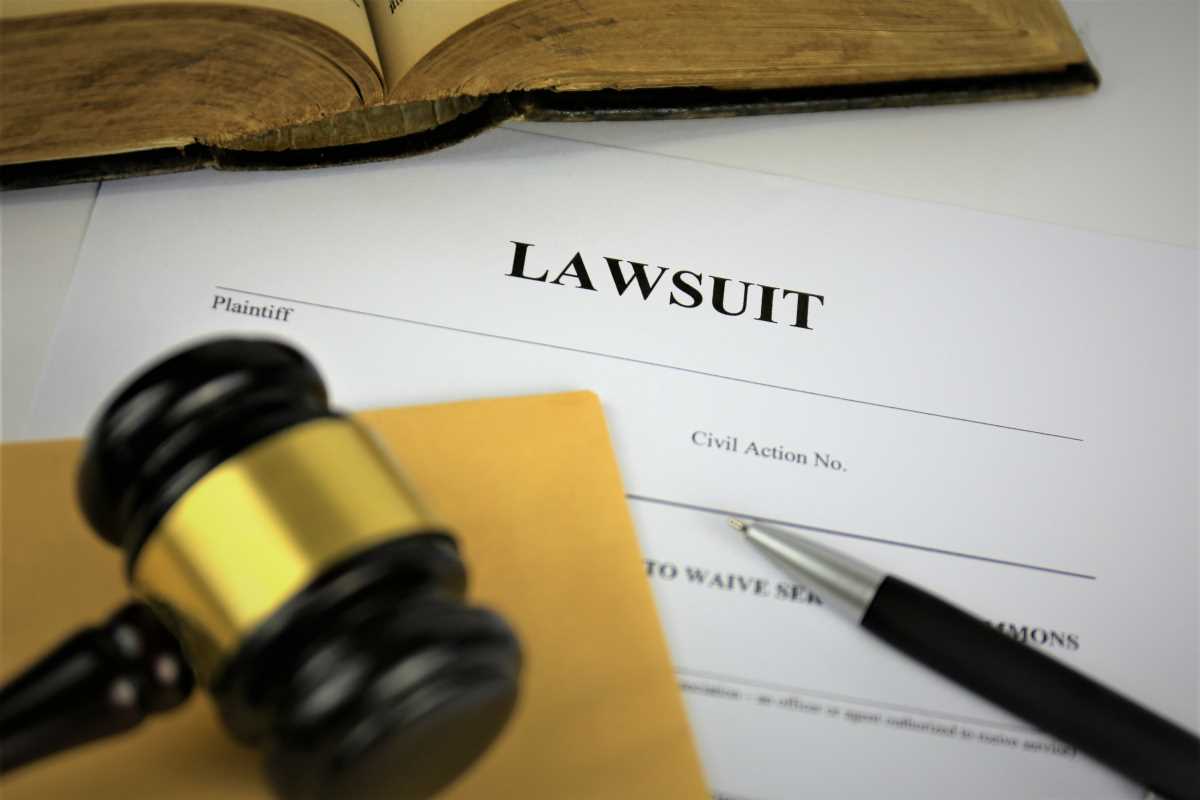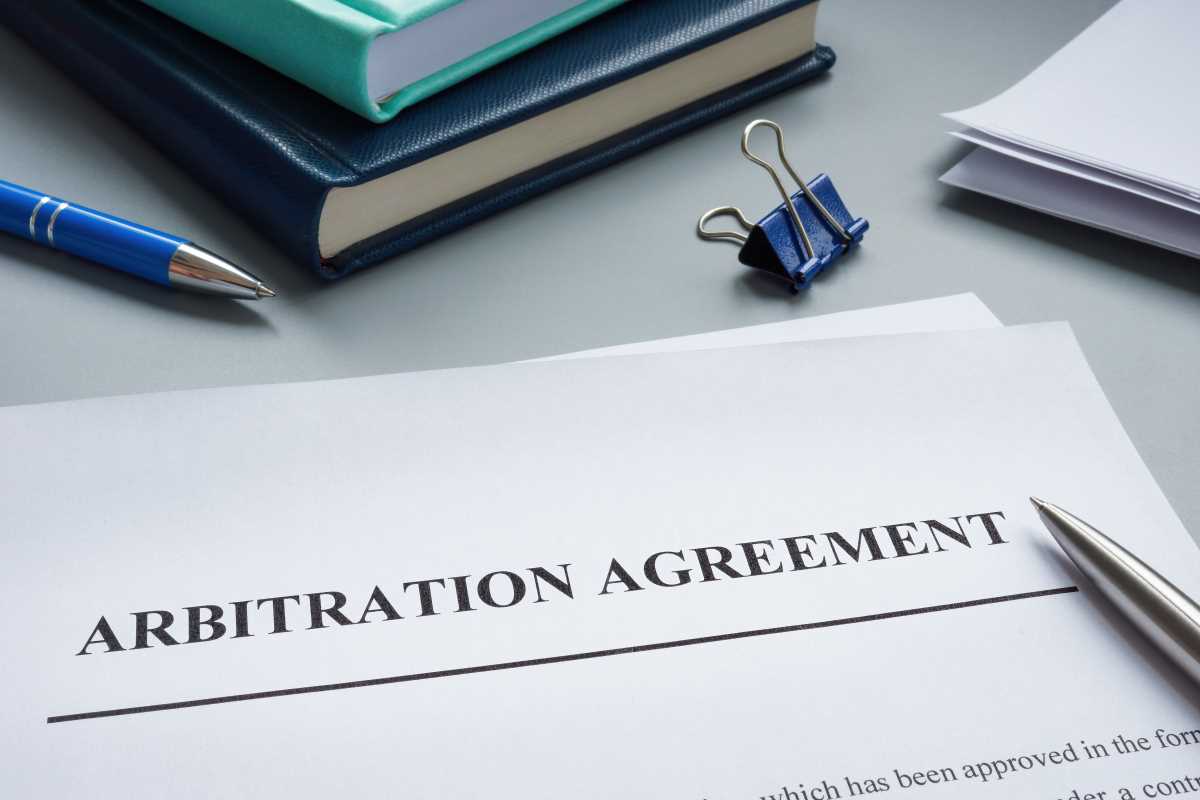Personal injury lawsuits are legal claims filed by individuals who have been injured due to the negligence or wrongdoing of another party. These cases aim to compensate the injured person (plaintiff) for physical, emotional, and financial damages caused by the incident. Personal injury cases can involve everything from car accidents and workplace injuries to medical malpractice and slip-and-fall accidents.
Understanding the process of a personal injury lawsuit is essential for anyone pursuing a claim. The legal system can seem overwhelming, but breaking it down into clear steps can make it easier to follow. This article will take you through the key stages of a personal injury lawsuit, from the initial consultation to the possible appeal process. By the end, you’ll gain a better grasp of how these cases work and what to expect at each stage.
1. Initial Consultation
Before filing a lawsuit, the first step is to consult with a personal injury attorney. This meeting allows the plaintiff to explain the details of their case, including how the injury occurred, who they believe is responsible, and the damages they’ve experienced. The attorney will assess whether the case has merit by examining whether there is evidence of negligence or wrongdoing on the part of the other party (the defendant).
During this consultation, the attorney may also explain their fee structure. Many personal injury lawyers work on a contingency fee basis, which means they only get paid if the plaintiff wins the case. For plaintiffs, this reduces upfront financial risks while pursuing their claim.
If the attorney believes the case is strong, they will agree to represent the plaintiff and begin planning the next steps. This stage sets the foundation for the lawsuit and ensures the plaintiff has professional guidance throughout the process.
2. Filing the Complaint
The next step in the process is filing the complaint. The complaint is a formal document presented to the court that outlines the plaintiff’s claims against the defendant. It includes key information, such as the facts of the case, the alleged negligence or wrongdoing, and the damages being sought. This document is also served to the defendant, formally notifying them of the lawsuit.
Once the complaint is filed and the defendant is served, the defendant must respond, usually by submitting an “answer” to the court. This answer may either admit or deny the allegations made in the complaint. The response often provides insight into the defendant’s strategy, such as whether they plan to settle outside of court or fight the lawsuit.
Filing the complaint officially sets the legal process in motion and formally establishes the lawsuit.
3. The Discovery Process
Discovery is a critical phase of a personal injury lawsuit. This process allows both parties to gather evidence, exchange information, and build their arguments. The goal of discovery is to ensure that both sides have access to all the facts before going to trial, reducing surprises in court.
Discovery typically involves several methods, including interrogatories (written questions that must be answered under oath), depositions (recorded interviews conducted under oath), and requests for documents. For example, a plaintiff might request medical records or accident reports to support their claim, while the defendant might request employment records to discredit the plaintiff’s financial claims.
Throughout this stage, both parties and their attorneys work to strengthen their cases by uncovering evidence and identifying potential weaknesses in the opposing side’s arguments. While discovery can be time-consuming, it is essential for presenting a strong case in court or negotiating a fair settlement.
4. Settlement Negotiations
Before proceeding to trial, the majority of personal injury cases go through settlement negotiations. A settlement is an agreement in which the defendant agrees to pay an agreed-upon sum to the plaintiff, avoiding the need for a court trial. Settlements can occur at any point in the legal process, often during or after discovery.
Settlement negotiations typically involve back-and-forth communication between the plaintiff’s and defendant’s attorneys. The plaintiff’s goal is to receive compensation that adequately covers their damages, such as medical expenses, lost wages, and pain and suffering. The defendant, on the other hand, seeks to minimize their financial liability.
If the parties agree on a settlement amount, they sign a legally binding agreement to resolve the case. At this point, the plaintiff waives their right to pursue further legal action related to the incident. Settlements are often preferred by both parties because they are faster, less costly, and less stressful than a trial.
5. Trial
If settlement negotiations fail, the case proceeds to trial. During the trial, both sides present their arguments, evidence, and witnesses before a judge or jury. The trial process typically begins with opening statements from both parties, where they outline their case and what they aim to prove.
The plaintiff’s side presents their case first, introducing evidence such as medical records, expert testimony, and eyewitness accounts to demonstrate the defendant’s negligence and the resulting damages. The defendant’s side follows, often trying to disprove liability or argue that the damages claimed are exaggerated.
After both sides have presented their cases, closing arguments summarize their positions and highlight key points of evidence. The judge or jury then deliberates and reaches a verdict. If the plaintiff wins, the court determines the amount of compensation (damages) the defendant must pay.
The trial stage can be a lengthy and emotionally taxing process. However, it provides the opportunity for the plaintiff to present their case and achieve justice if an agreeable settlement could not be reached.
6. Post-Trial Motions and Appeals
Even after a verdict is reached, the legal process may not be over. The losing party may file post-trial motions, such as requesting a new trial or asking the judge to reconsider certain aspects of the case. If these motions are denied or unsuccessful, the losing party may choose to file an appeal.
An appeal is a request to a higher court to review the case and determine whether there were legal errors during the trial. For example, the appealing party might argue that the judge’s instructions to the jury were incorrect or that certain evidence was improperly admitted. Appeals focus on legal issues rather than factual disputes and can take months or even years to resolve.
While appeals are not common in personal injury cases, understanding this potential step is important. The outcome of an appeal may uphold, reverse, or modify the original decision.







